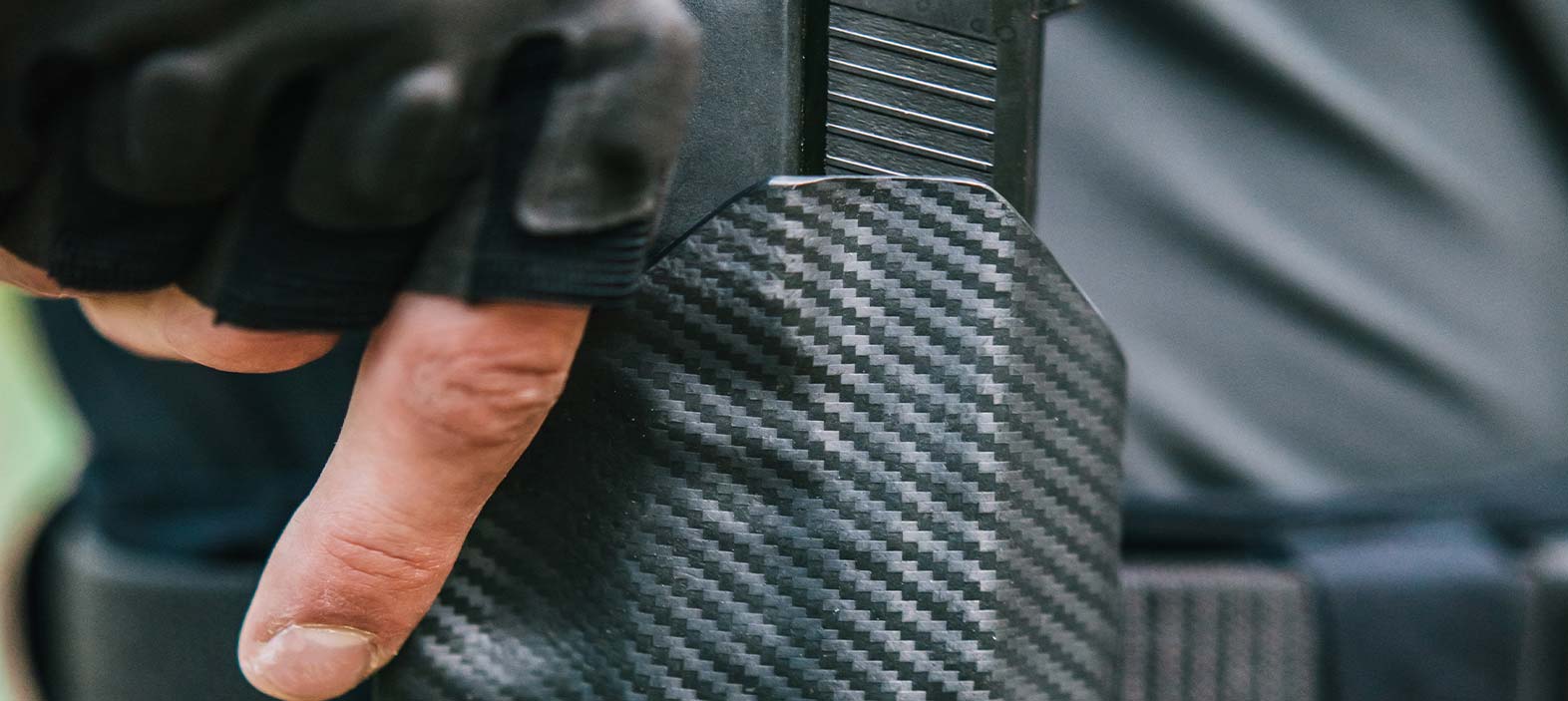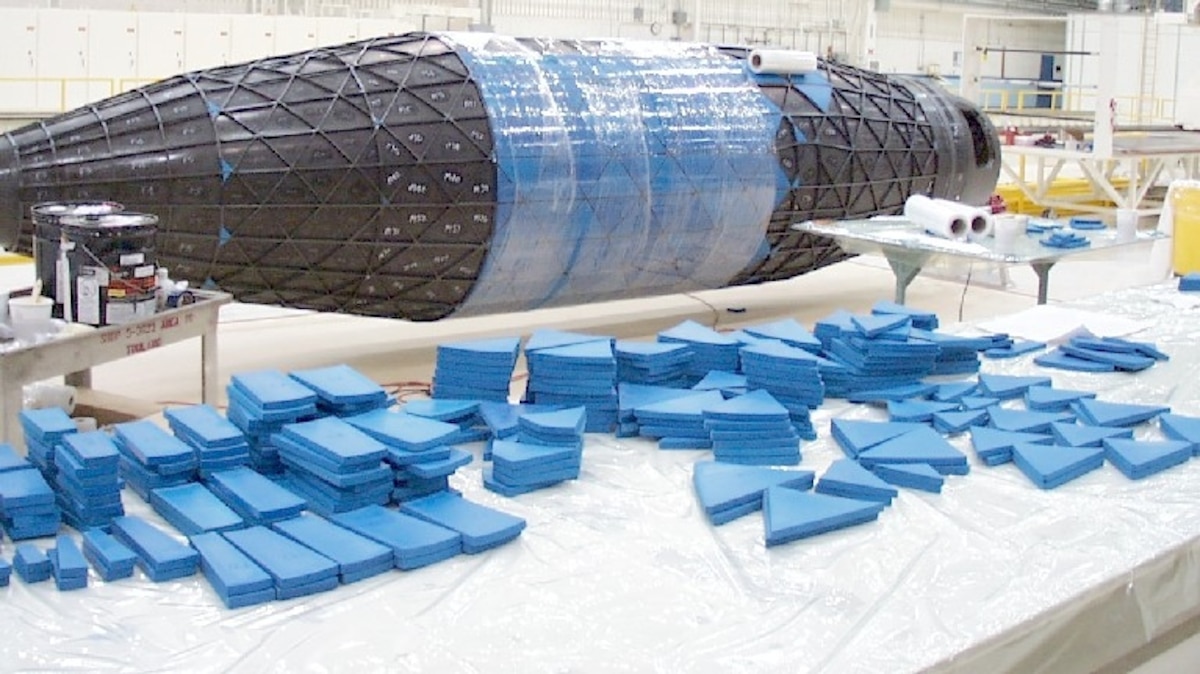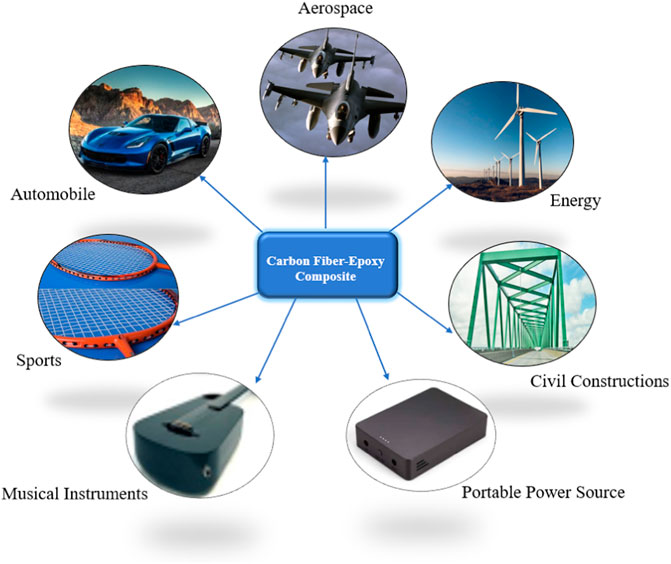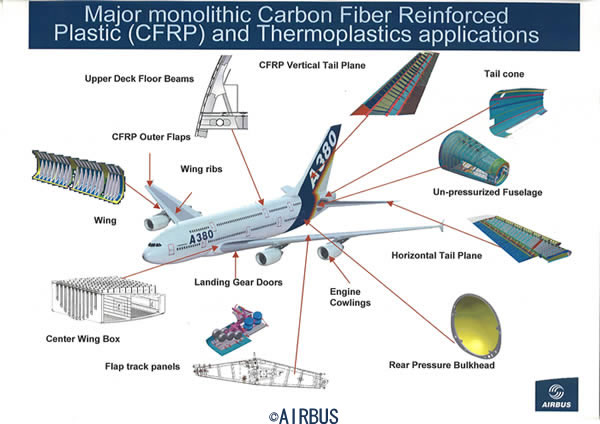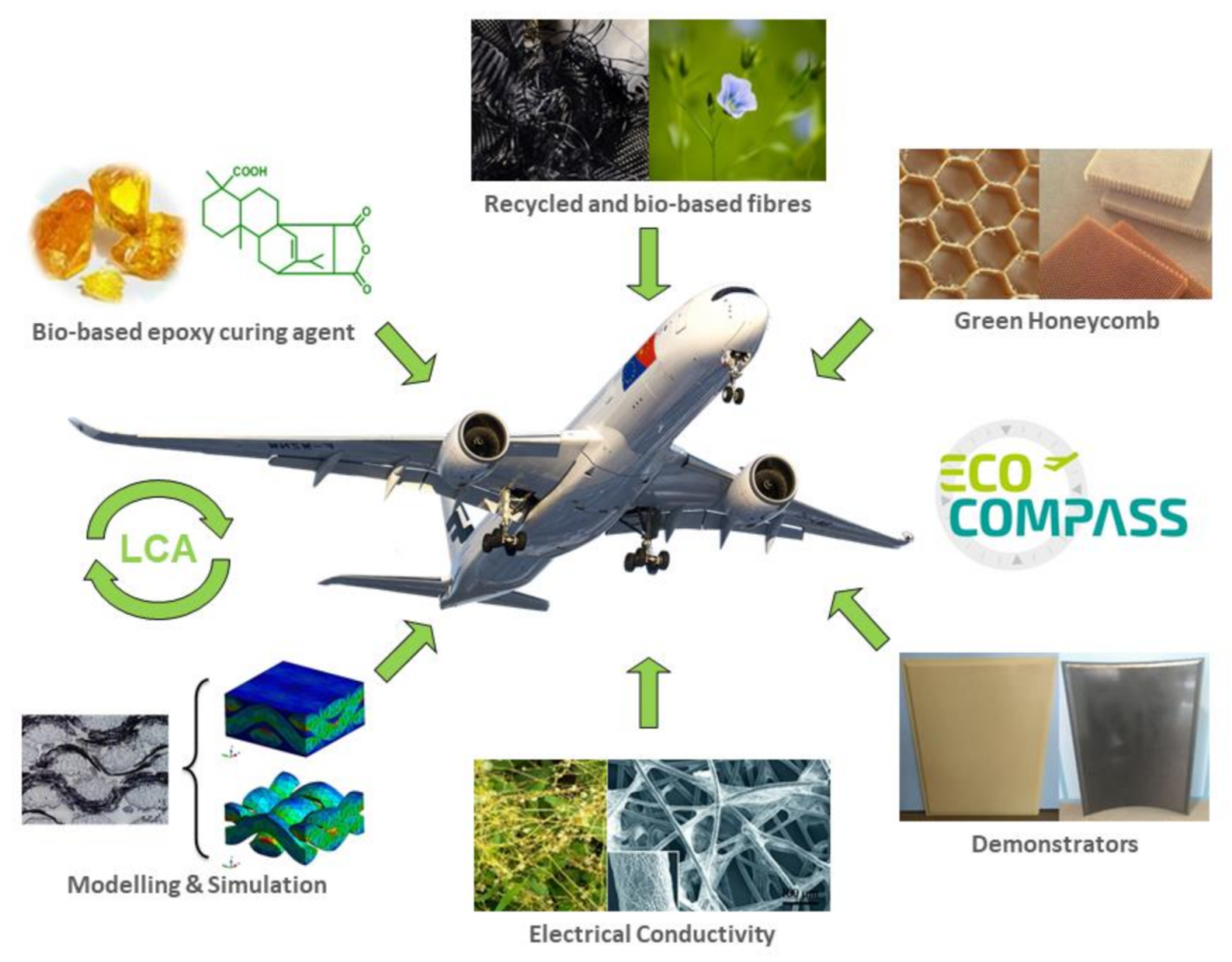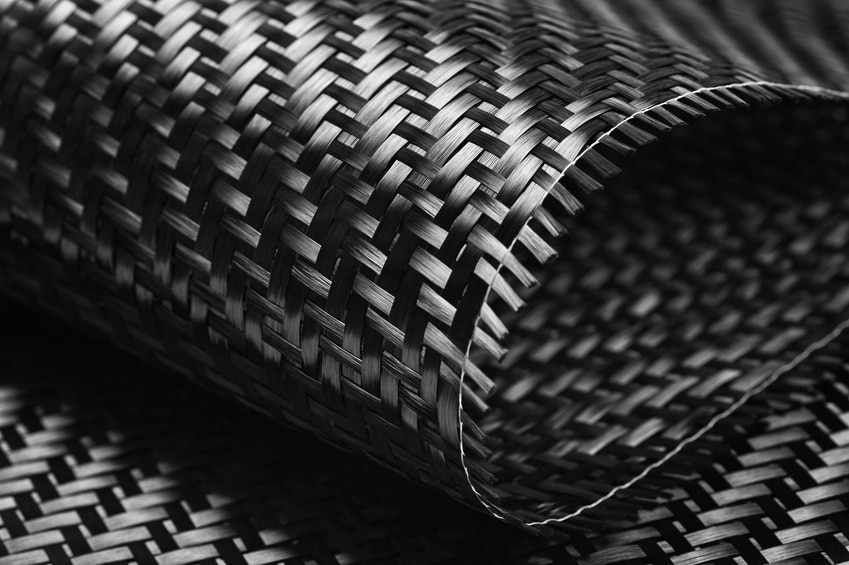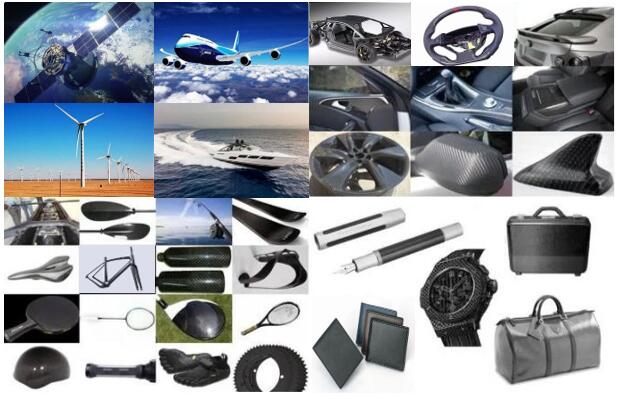Carbon Fiber Applications In The Defense Sector

Imagine a soldier, burdened not by clunky steel, but by gear as light as a feather, yet tougher than iron. This is not a scene from a futuristic movie, but a glimpse into the evolving landscape of modern defense, where carbon fiber is quietly revolutionizing everything from aircraft to body armor.
The defense sector is increasingly turning to carbon fiber, a material prized for its exceptional strength-to-weight ratio, to enhance performance, improve efficiency, and ultimately, protect those who serve. This article explores the burgeoning applications of carbon fiber in defense, examining its benefits, challenges, and potential to reshape the future of warfare.
The Rise of Lightweight Armor
For decades, steel and aluminum have been the mainstays of military hardware. However, the demand for lighter, more agile equipment has driven the search for alternative materials.
Enter carbon fiber, a polymer reinforced with carbon fibers. This material offers superior strength and stiffness while being significantly lighter than traditional metals.
Advantages of Carbon Fiber
The advantages of using carbon fiber in defense are multifaceted. The most significant benefit is weight reduction.
Lighter vehicles and equipment translate to improved fuel efficiency, increased speed and maneuverability, and reduced logistical burdens. This allows for greater operational range and deployment flexibility.
Furthermore, carbon fiber's high strength-to-weight ratio enables the development of more effective armor systems. It can absorb and dissipate energy from impacts, providing enhanced protection against ballistic threats.
Carbon fiber is also corrosion-resistant. This reduces maintenance costs and extends the lifespan of military assets operating in harsh environments.
Applications in Military Vehicles
Carbon fiber is already making inroads in the construction of military vehicles. Composite armor panels made from carbon fiber are being used to reinforce existing vehicles, providing improved protection without adding excessive weight.
Newer vehicle designs are incorporating carbon fiber extensively in their chassis and body structures. This contributes to overall weight reduction and improved structural integrity.
For example, companies like Lockheed Martin are exploring carbon fiber composites in the development of advanced combat vehicles. The aim is to create a new generation of vehicles that are lighter, faster, and more survivable.
Aerospace Applications
The aerospace industry has long been a pioneer in the use of carbon fiber. Military aircraft, both manned and unmanned, are increasingly relying on carbon fiber composites for their structural components.
The Boeing F/A-18E/F Super Hornet, for example, utilizes carbon fiber in its wings and fuselage. This contributes to the aircraft's superior performance and extended service life.
Unmanned aerial vehicles (UAVs), or drones, are particularly well-suited for carbon fiber construction. The lightweight nature of the material allows for longer flight times and increased payload capacity.
Companies like Northrop Grumman are using carbon fiber to develop advanced UAVs for surveillance, reconnaissance, and combat missions.
Personal Protective Equipment
Carbon fiber is also finding applications in personal protective equipment for soldiers. Body armor plates made from carbon fiber composites offer a significant weight reduction compared to traditional steel or ceramic plates, while maintaining a high level of protection.
Helmets made from carbon fiber are lighter and more comfortable to wear, reducing strain and fatigue on soldiers during extended operations. These helmets can also be integrated with advanced communication and sensor systems.
Research is underway to develop flexible carbon fiber fabrics that can be incorporated into uniforms, providing enhanced protection against fragmentation and other threats.
Challenges and Future Directions
Despite its numerous advantages, the widespread adoption of carbon fiber in defense faces several challenges. Cost is a major factor.
Carbon fiber is generally more expensive than traditional materials like steel and aluminum. However, as production volumes increase and manufacturing processes become more efficient, the cost of carbon fiber is expected to decrease over time.
Another challenge is the repairability of carbon fiber structures. Repairing damaged carbon fiber components can be complex and require specialized skills and equipment.
Researchers are working on developing new repair techniques and materials that will make it easier to repair carbon fiber structures in the field.
The future of carbon fiber in defense looks promising. Advances in nanotechnology and materials science are paving the way for the development of even stronger and lighter carbon fiber composites.
Researchers are exploring the use of carbon nanotubes to enhance the properties of carbon fiber, creating materials with unprecedented strength and stiffness.
The integration of sensors and electronics into carbon fiber structures is also a growing area of research. This could lead to the development of smart materials that can monitor their own condition and detect potential problems.
The Human Element
Beyond the technological advancements, the true significance of carbon fiber in defense lies in its potential to improve the lives and capabilities of soldiers. Lighter equipment reduces physical strain, allowing soldiers to move faster, operate for longer periods, and carry more essential supplies.
Enhanced protection increases survivability, giving soldiers a greater chance of returning home safely. The use of carbon fiber represents a commitment to providing those who serve with the best possible tools and protection.
The continued development and deployment of carbon fiber technologies will undoubtedly play a crucial role in shaping the future of defense. As the material becomes more affordable and accessible, its applications will only expand, contributing to a safer and more effective military.
Looking ahead, the integration of carbon fiber into the defense sector symbolizes a broader trend: the pursuit of innovation, efficiency, and most importantly, the safeguarding of those who dedicate their lives to protecting our freedoms. The future of defense is being woven, strand by strand, with the remarkable potential of carbon fiber.
